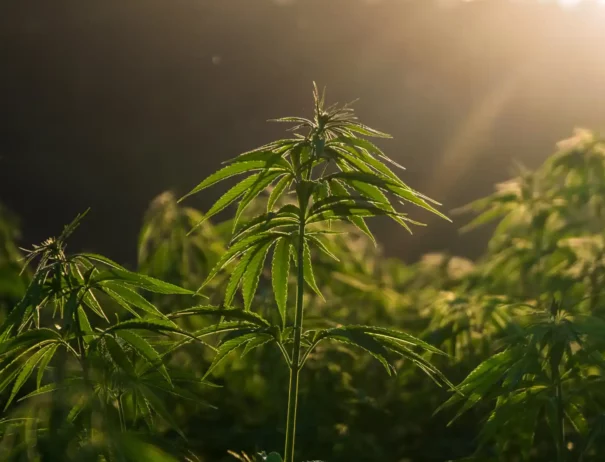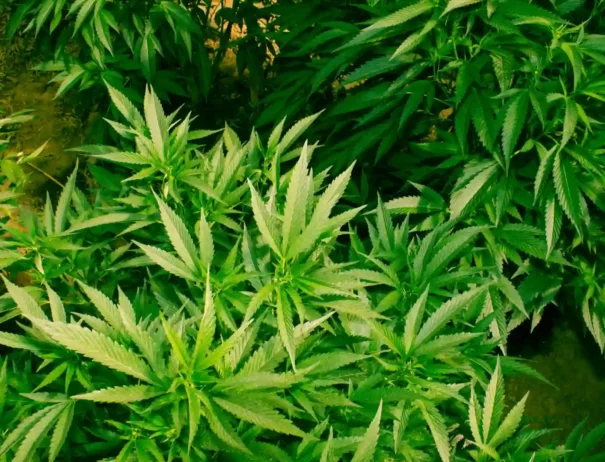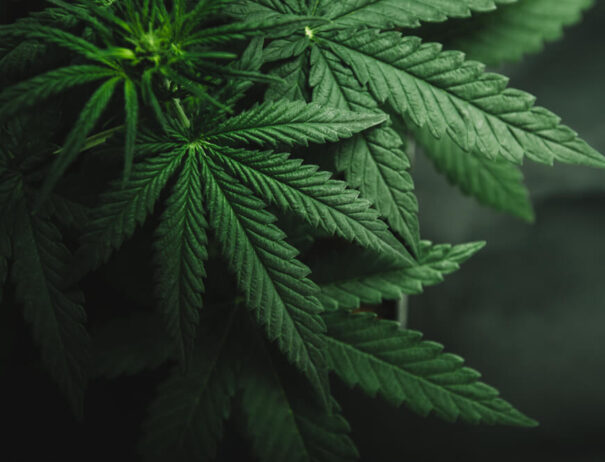Twitter to Allow Businesses to Advertise Packaged Cannabis Products in Promoted Tweets
Since Elon Musk bought and subsequently took over Twitter, there has been a lot of upheaval at the social media company. Look at the headlines, and you’ll find strife and uncertainty over everything from blue verified checkmark policy to working conditions and staff cuts, legal violations, to a slowdown in advertising spending. The new era of Twitter seems to be marked by one public relations disaster after another as the company struggles to maintain its image, draw in new revenue, and reassure people that it is still a viable social media platform.
However, the advertising problems at Twitter may have opened an unexpected door to cannabis companies looking to expand their reach. Recently, Twitter announced they are revising their marijuana policy and will open advertising opportunities for cannabis companies to promote their brands and campaigns on the platform. Is this another Twitter PR stunt or an attempt to increase revenue as big business leaves the platform? For cannabis companies, maybe it doesn’t matter.
Nitty-Gritty of Twitter’s New Cannabis Policy
In what may be considered a somewhat surprise move by social media company Twitter, the company recently announced it would allow cannabis businesses that are currently “certified advertisers” to feature advertising for packaged cannabis products in the ad creative promoted on the site.
The company says it is also making changes for medical licensees and opening additional recreational markets without providing further details on what those charges entail. Spinning the announcement, one Twitter sales and partnership team lead posted a blog saying that the company believes cannabis and ancillary companies bring together the platform’s power and the value of Twitter’s audience by informing people about innovative products entering the cannabis marketplace. The piece goes on to say that the company gathered meaningful feedback from the cannabis industry, which the company took into careful consideration. Additionally, Twitter allows cannabis companies to responsibly link their owned and operated web pages and e-commerce experience on Twitter.
Some marijuana advocates and cannabis company stakeholders are thrilled by the move, applauding Twitter as one of the first mainstream social media companies to open cannabis advertising opportunities amidst ongoing federal prohibition. Unfortunately, like many of Twitter’s recent policy changes, there are still questions surrounding implementation and what the new rules specifically allow and prohibit.
The Power of Twitter Marketing?
At least one cannabis industry CEO questions Twitter’s new commitment to cannabis advertising. Adam Terry of the cannabis beverage company Cantrip highlights problems with Twitter’s initial ad tracking system, claiming the company did not calculate conversation to sales, a vital metric when evaluating ad spend and what kind of bang for your company’s buck you are receiving from social media advertising. Although Terry says the social media company eventually started tracking the number of conversions, it does not highlight the value of those sales.
Another criticism of the Twitter model is that there have been long wait times for Twitter teams’ support. These teams also lacked effective communication skills to respond to concerns and feedback from advertisers. Other complaints highlighted that geographic parameters for targeted advertising were challenging to set up. Again, that’s another marketing parameter with crucial metric data for companies attempting to narrow their audience and focus their advertising dollars. Issues raised by other cannabis advertisers suggest that using Twitter to advertise marijuana brands is cost prohibitive.
There may be legitimate cause for concern from marijuana advertisers. Long wait times for support response and a lack of meaningful communication from Twitter support staff could be tied to the massive layoffs initiated at Twitter. Before Elon Musk purchased the social media giant, reports indicated the company head count at 7,500 workers. Continued layoffs and job cuts have reduced the company to under 2,000 staffers.
Advertisers may also be wary about posting cannabis content on Twitter without more clarification about the company’s new policies. Although companies can feature “packaged” cannabis products online, does that mean they can use photos of flower? What about images of joints? The policy shift needs to clarify what will and won’t be allowed.
The Reason Behind the Policy Shift
Why the change in policy from Twitter? Again, a Twitter team lead suggests in their blog that the change came about as the company evaluated feedback from advertisers and partners in the industry. Strong demand for medicinal and recreational cannabis means providing inclusive cannabis advertising to industry leaders on Twitter. Twitter says they’ve opened the door to cannabis advertisers like no other social media platform.
While this may be partly true, it is also true that Twitter has recently lost several high-dollar advertisers and could be hemorrhaging advertising money. Since Musk’s takeover, he has announced unpopular policy changes, shared extreme views, and may have unfairly targeted several high-profile Twitter accounts belonging to news organizations and journalists. These antics have made advertisers hesitant about spending their marketing dollars on the platform.
Some reports suggest that Twitter’s advertising revenue may be down as much as 40% as 500 top advertisers pull out their ad spend. Others claim that Twitter’s ad revenue may have plunged by as much as 89% since the Musk takeover. That could be as much as a $7.6 million decline.
It is not unthinkable to consider that Twitter’s new policy courting the untapped marijuana industry may be an effort to recoup some of its ad losses and open its doors to new sources of cash. Whether they have the staff and infrastructure to support marijuana companies looking to advertise under the company’s new policy guidelines remains to be seen. However, if the policy shift is in name only and Twitter can’t or won’t meet the cannabis industry’s needs, businesses may be in pursuit of new advertising opportunities.
Google now allows cannabis advertising of Food and Drug Administration-approved products containing CBD with no more than .3 percent THC, but only in California, Colorado, and Puerto Rico. Still, it may be the shift the cannabis industry needs to kick-start its budding marketing efforts.
Hungry for more cannabis news? Cannabutter Digest can help. We provide considerable cannabis-related news, recipes, and product reviews relevant to you.

Get Your Free eBook!
Download our FREE resource, The Ultimate Edibles Guidebook, full of recipes, infusion tips and everything you need to make your first batch of edibles today!



